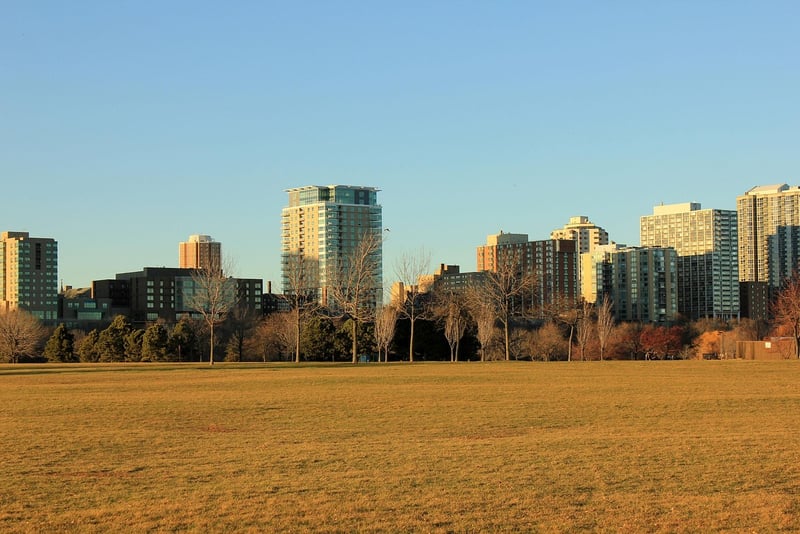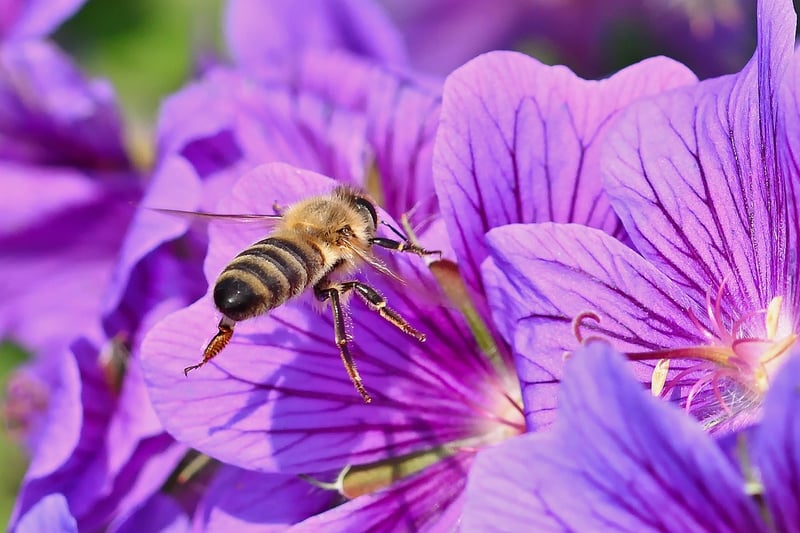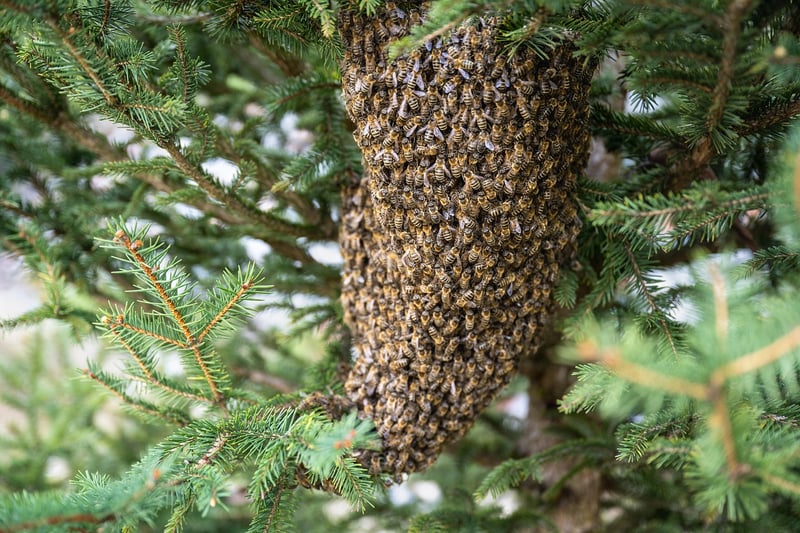Beekeeping Basics
#Birds
#Butterflies
#Honeybees
Promoting Biodiversity in Cities + Beekeeping Basics
The Importance of Biodiversity in Urban Areas
Urban areas are often seen as concrete jungles, but they can play a crucial role in promoting biodiversity. By creating green spaces, planting native plants, and providing habitats for wildlife, cities can help support a wide range of plant and animal species.
Ways to Promote Biodiversity in Cities
- Plant native species in gardens and parks.
- Create green roofs and vertical gardens.
- Install bird feeders and birdhouses.
- Reduce pesticide use and promote natural pest control methods.
- Protect and restore natural habitats within the city.

Beekeeping Basics
Beekeeping is an essential practice for promoting biodiversity in urban areas. Bees play a crucial role in pollinating plants, including many of the fruits and vegetables we eat. Here are some basics of beekeeping:
Benefits of Beekeeping
- Pollination of plants.
- Production of honey and beeswax.
- Supporting bee populations.
- Connection to nature and sustainability.
Getting Started with Beekeeping
- Research local beekeeping regulations.
- Attend a beekeeping workshop or course.
- Get the necessary equipment: hive, protective gear, and tools.
- Obtain bees from a reputable source.
- Regularly inspect and maintain the hive.

By promoting biodiversity in cities and practicing beekeeping, urban dwellers can contribute to a healthier environment and support essential pollinators like bees.
Remember, every small action counts in creating a more sustainable and biodiverse urban ecosystem!
